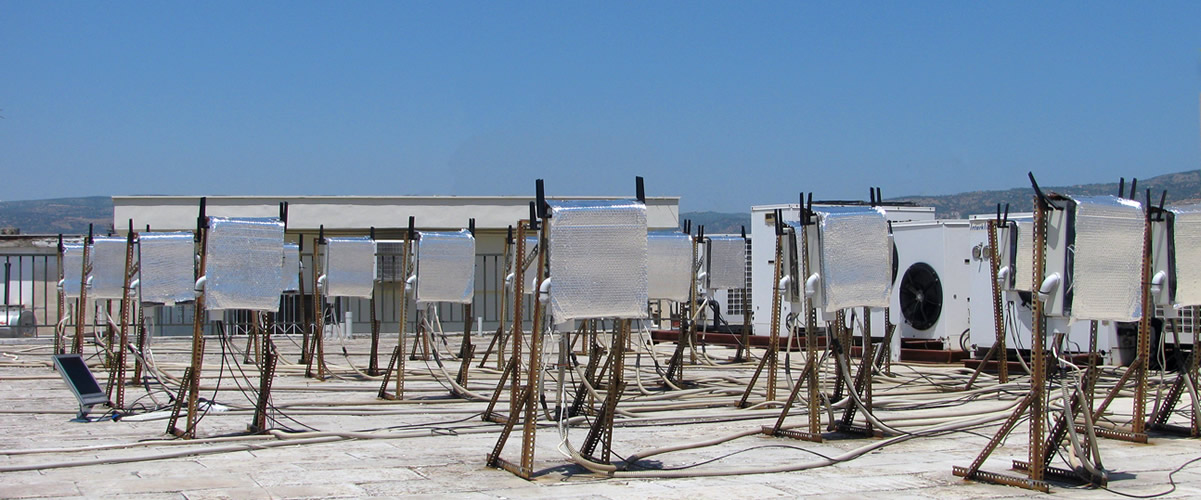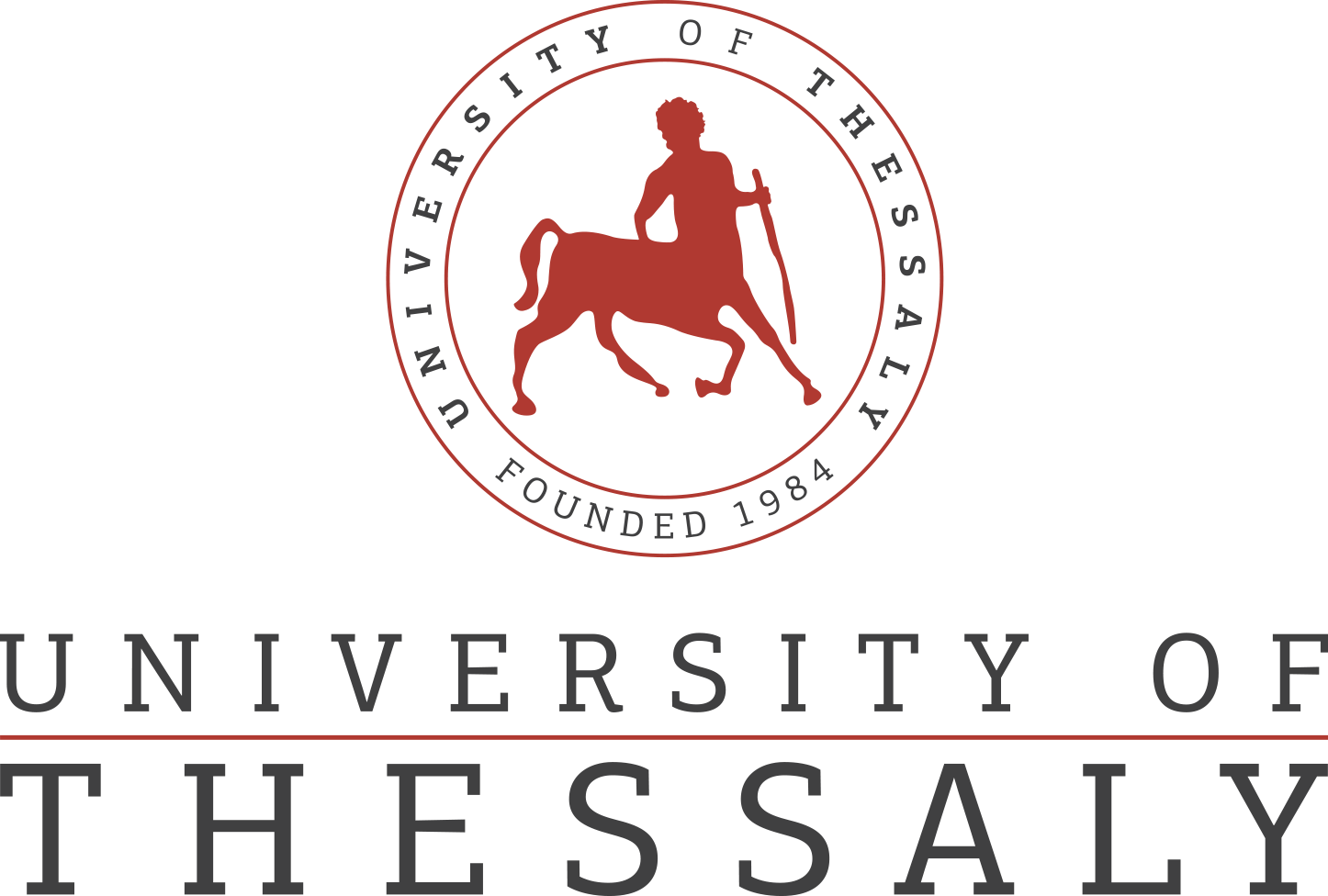Wishful
The WiSHFUL project (Wireless Software and Hardware platforms for Flexible and Unified radio and network controL) will reduce the threshold for experimentation in view of wireless innovation creation and by increasing the realism of experimentation. More specifically, the WiSHFUL objectives are:
- To offer open, flexible & adaptive software and hardware platforms for radio control and network protocol development allowing rapid prototyping of innovative end-to-end wireless solutions and systems in different vertical markets (manufacturing, smart cities, home, office, healthcare, transportation, logistics, environmental monitoring...). Key features of such platforms are:
- Unified radio control allowing full radio control without the need for deep knowledge of the hardware specifics of the radio hardware platform
- Unified network control, allowing rapid prototyping and adaptations of network protocol stacks, without the need for deep knowledge of network protocols and software architectures, but also allowing the implementation of novel protocols (e.g. cooperative protocols which require time synchronization and coordination of a subset of nodes)
- Support for experimentation with intelligent control of radio and network settings, enabling intelligent, node-level and network-wide decisions, on radio and network operation modes and according settings, driven by higher-level domain-specific application demands and taking into account external policies (for example policies for dynamic spectrum access).
- To offer advanced wireless test facilities that:
- follow the current de facto standards in FIRE, set by the FED4FIRE project, for testbed interoperability
- adopting and extending standardized tools for discovery and reservation, experiment control, measurements & monitoring
- supporting federated identity management and access control
- To support diverse wireless (access) technologies and platforms:
- Create generic and open interfaces for control of the existing devices for technologies like Wi-Fi (IEEE 802.11), Bluetooth (IEEE 802.15.1), WPAN (IEEE 802.15.4), LTE, WiMAX that are already available in current facilities
- Extend these interfaces to more open ended experimental radio platforms covering software defined radio platforms, embedded devices and non-commercial grade hardware, so as to enable 5G, Internet of Things (IoT), Machine-to-Machine (M2M), tactile internet
- follow the current de facto standards in FIRE, set by the FED4FIRE project, for testbed interoperability
- To offer portable facilities that can be deployed at any location allowing validation of innovative wireless solutions in the real world (with realistic channel propagation and interference characteristics) and involving real users.
- To extend the WiSHFUL facilities with additional facilities or wireless hardware, offering complementary or novel radio hardware/software platforms, supporting experimentation with new technologies such as mmWave (WiGig 60GHz and IEEE802.11ad), full duplex radio, IoT testbeds, smart antennas, etc.
- To attract and support experimenters for wireless innovation creation targeting different classes of experimenters via different open call mechanisms tailored to the specific classes (industrial relevance for SME versus level of innovation for academia).
The WiSHFUL project is funded by the European Commission’s Horizon 2020 Programme under grant agreement n645274.
Project's lifetime: 01/2015 and will last for 36 months, University of Thessaly is participating as an Open Caller
Project's Website: www.wishful-project.eu
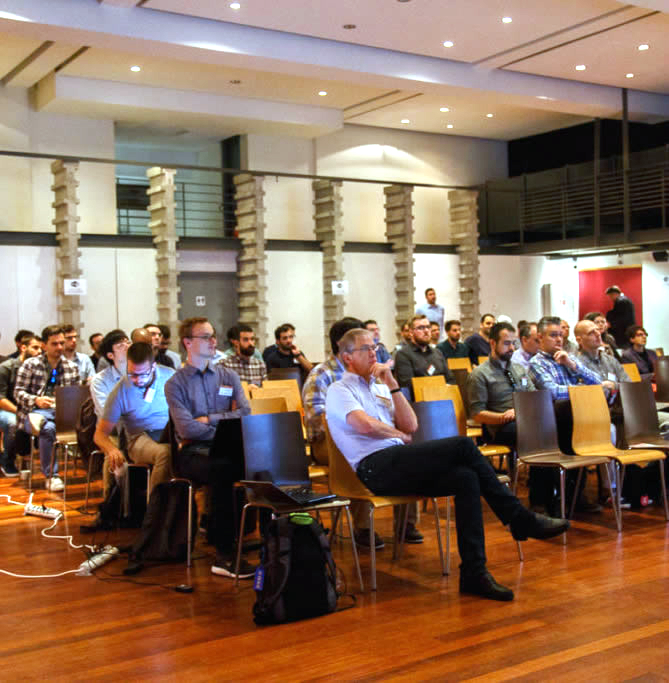
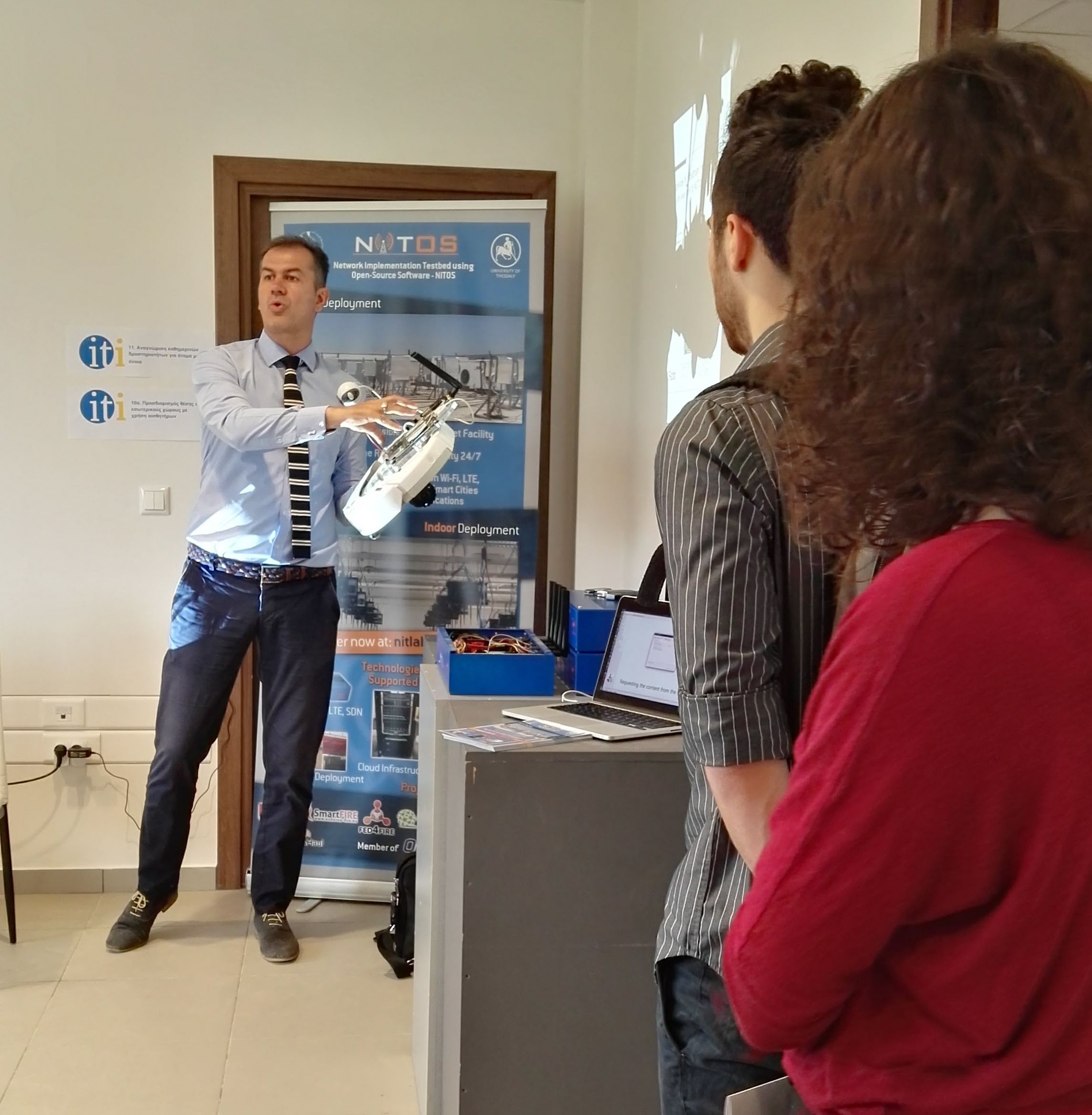
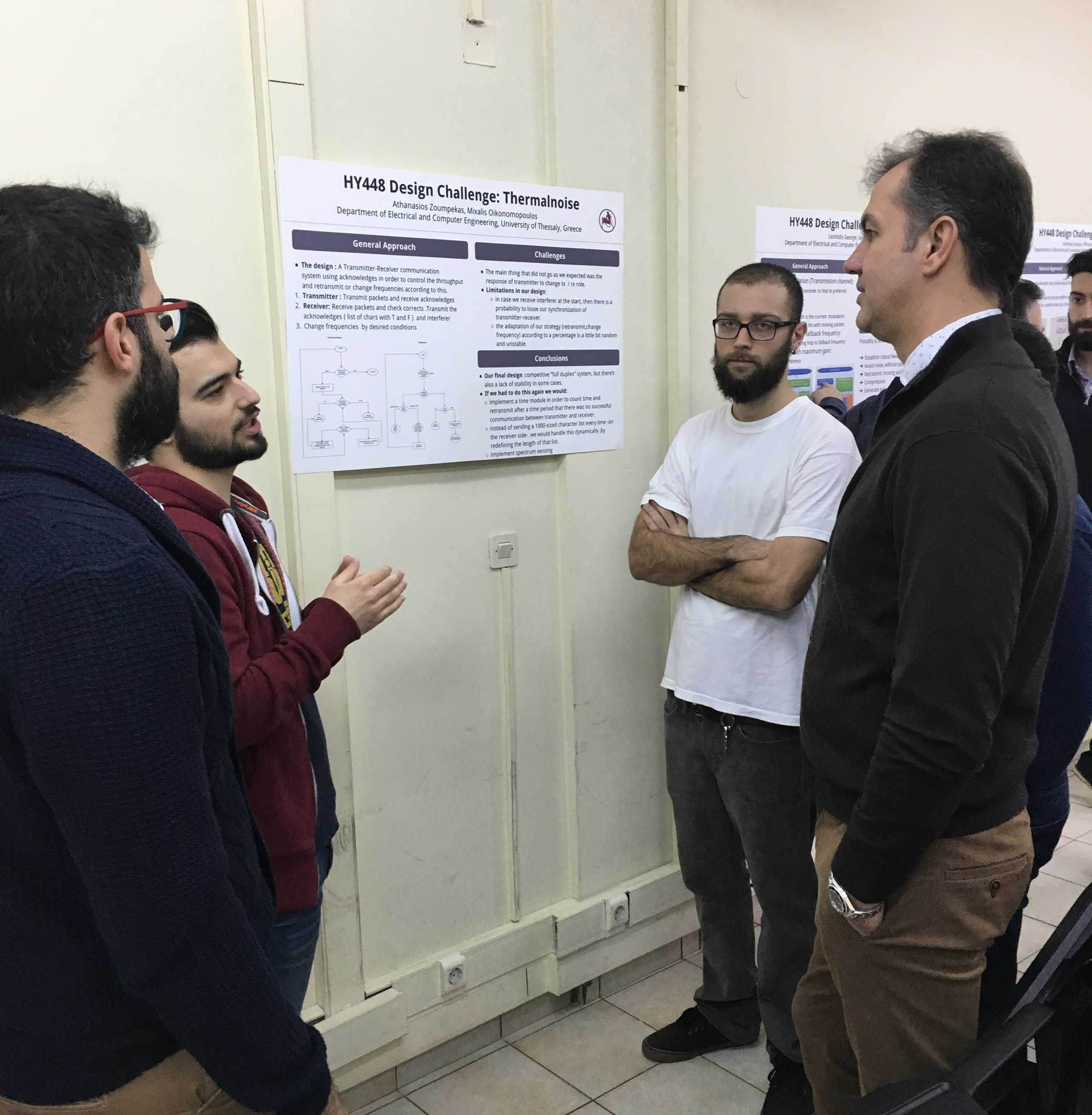

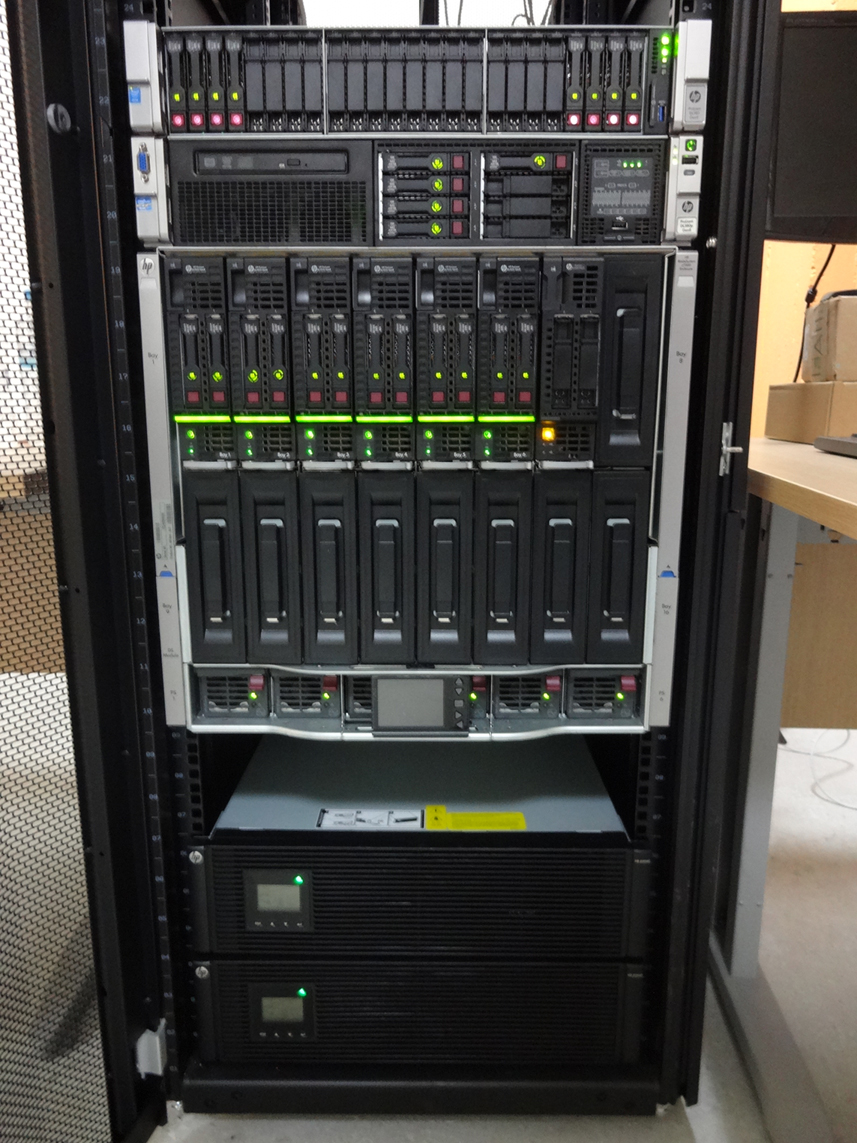 Each blade server has
Each blade server has